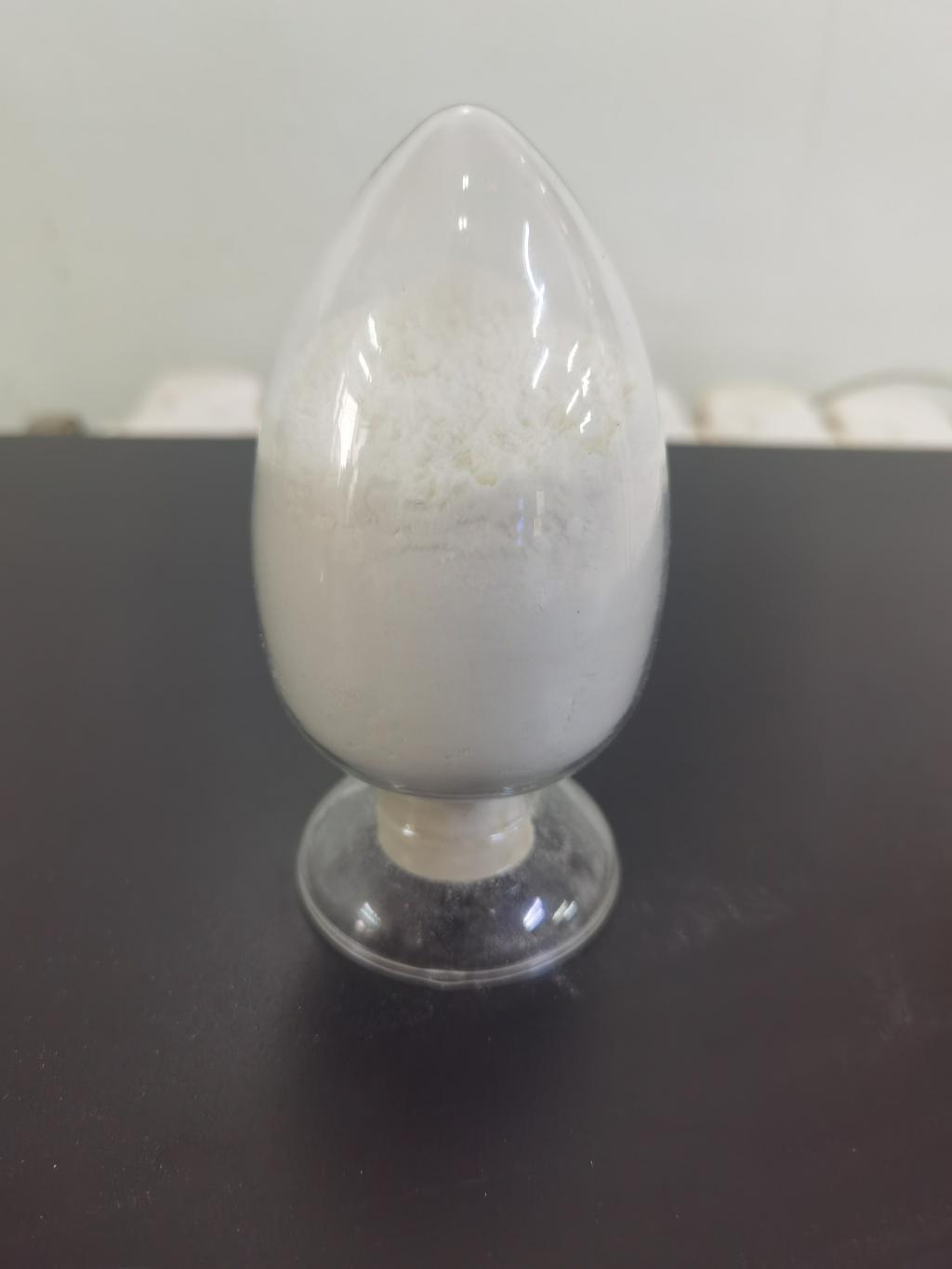Tel:+8618231198596

News
 CONTACT
CONTACT
 CONTACT
CONTACT
- Linkman:Linda Yao
- Tel: +8618231198596
- Email:linda.yao@dcpharma.cn
- Linkman:CHARLES.WANG
- Department:Overseas
- Tel: 0086 0311-85537378 0086 0311-85539701
News
The biodegradable nature of ε-Polylysine hydrochloride.
TIME:2024-04-07
Understanding ε-Polylysine Hydrochloride:
ε-Polylysine hydrochloride is a biopolymer derived from the fermentation of Streptomyces albulus. It consists of multiple lysine residues linked together through peptide bonds, forming a linear chain structure. This biopolymer exhibits excellent biodegradability, making it an attractive candidate for various applications in the food, pharmaceutical, and cosmetic industries.
Biodegradability:
One of the key attributes of ε-Polylysine hydrochloride is its inherent biodegradability, which distinguishes it from conventional plastics derived from petrochemicals. When disposed of in the environment, ε-Polylysine hydrochloride undergoes degradation through microbial action, ultimately breaking down into harmless by-products such as water, carbon dioxide, and biomass. This biodegradation process contributes to the reduction of plastic waste accumulation in landfills and oceans.
Mechanical Properties:
In addition to its biodegradability, ε-Polylysine hydrochloride exhibits favorable mechanical properties suitable for packaging applications. It possesses good tensile strength, flexibility, and barrier properties against moisture and gases. These characteristics enable ε-Polylysine hydrochloride to protect packaged goods effectively while maintaining product freshness and integrity.
Versatile Packaging Applications:
ε-Polylysine hydrochloride holds promise for a wide range of packaging applications across various industries. In the food industry, it can be utilized for packaging fresh produce, snacks, and beverages, providing a sustainable alternative to conventional plastic packaging. Moreover, its biocompatibility makes it suitable for pharmaceutical packaging, where maintaining product sterility and stability is critical.
Compatibility with Additives:
ε-Polylysine hydrochloride can be easily modified or combined with other biopolymers and additives to tailor its properties for specific packaging requirements. For example, incorporating antimicrobial agents can enhance the shelf life of packaged foods, reducing the need for chemical preservatives. Likewise, incorporating antioxidants or UV stabilizers can improve the material's resistance to degradation and extend its functional lifespan.
Regulatory Considerations:
As with any packaging material intended for food contact or pharmaceutical use, ε-Polylysine hydrochloride must meet regulatory standards for safety and efficacy. Regulatory agencies such as the U.S. Food and Drug Administration (FDA) and the European Food Safety Authority (EFSA) assess the safety of ε-Polylysine hydrochloride-based packaging materials to ensure compliance with established guidelines.
Environmental Impact:
The adoption of ε-Polylysine hydrochloride for packaging offers significant environmental benefits by reducing reliance on non-biodegradable plastics and mitigating the environmental footprint associated with packaging waste. Biodegradable packaging materials contribute to the circular economy by promoting resource efficiency and minimizing environmental pollution.
Consumer Perception and Acceptance:
Consumer attitudes toward sustainable packaging solutions are evolving, with increasing demand for products that align with environmental values. Packaging materials derived from renewable sources and offering biodegradability are viewed favorably by environmentally conscious consumers. Effective communication of the environmental benefits of ε-Polylysine hydrochloride packaging can further enhance consumer acceptance and preference.
Future Outlook:
As the need for sustainable packaging solutions continues to escalate, ε-Polylysine hydrochloride holds immense potential for widespread adoption in the packaging industry. Ongoing research and development efforts are focused on optimizing its properties, enhancing processing techniques, and expanding its applications across diverse sectors. Collaboration between industry stakeholders, research institutions, and regulatory bodies will be crucial in advancing the development and commercialization of ε-Polylysine hydrochloride-based packaging solutions.
Conclusion:
The biodegradable nature of ε-Polylysine hydrochloride offers a compelling solution to the environmental challenges posed by conventional plastic packaging. Its favorable mechanical properties, versatile applications, and environmental benefits position it as a promising alternative for sustainable packaging. By harnessing the biodegradability of ε-Polylysine hydrochloride, the packaging industry can contribute to the transition toward a more circular and environmentally friendly economy.
- Tel:+8618231198596
- Whatsapp:18231198596
- Chat With Skype







